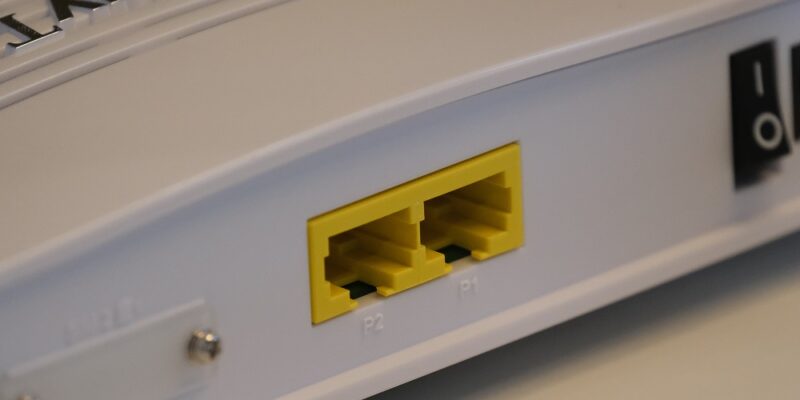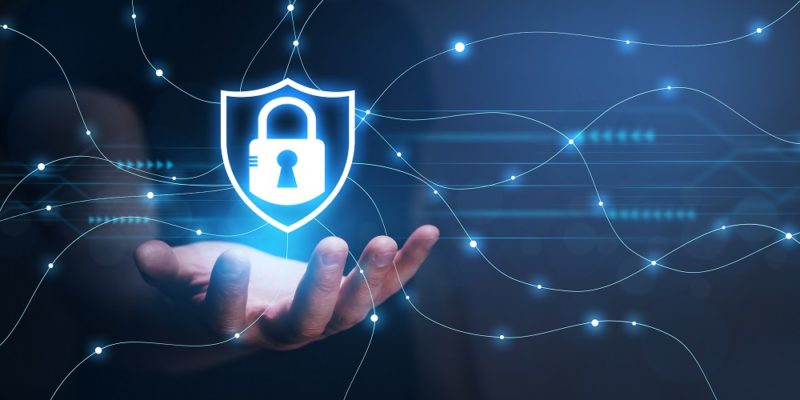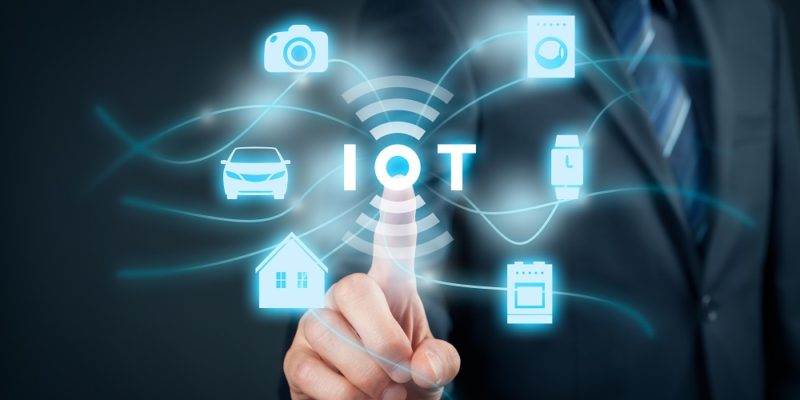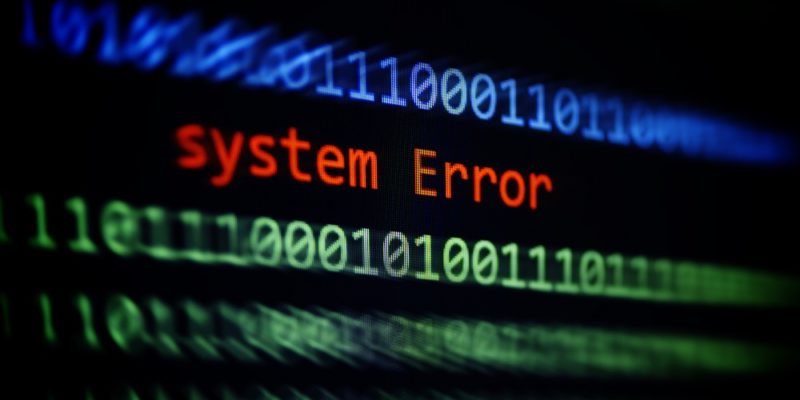 Cloud access security brokers (CASBs): What to know before you buy
Cloud access security brokers (CASBs): What to know before you buy
As the name suggests, a cloud access security broker (CASB) manages access between enterprise endpoints and cloud resources from a security perspective. CASBs can be deployed on-premises or in the cloud; as a hardware appliance or software-only, as a proxy, reverse proxy, or through specific APIs. Enterprises have untold numbers of endpoints, both managed (corporate-owned…










